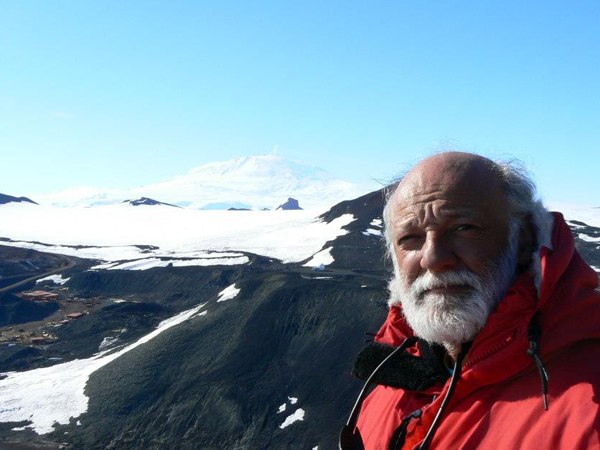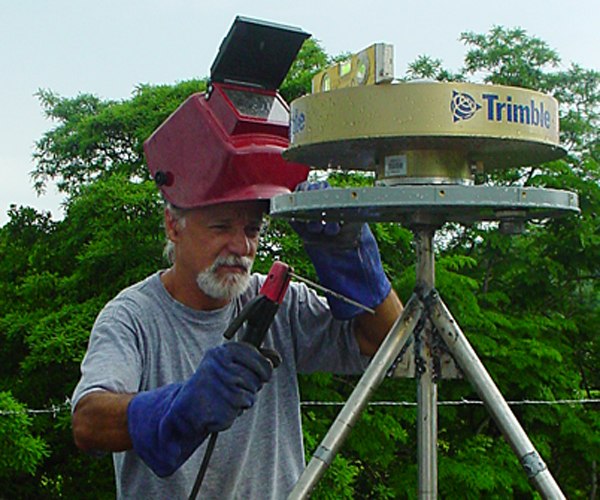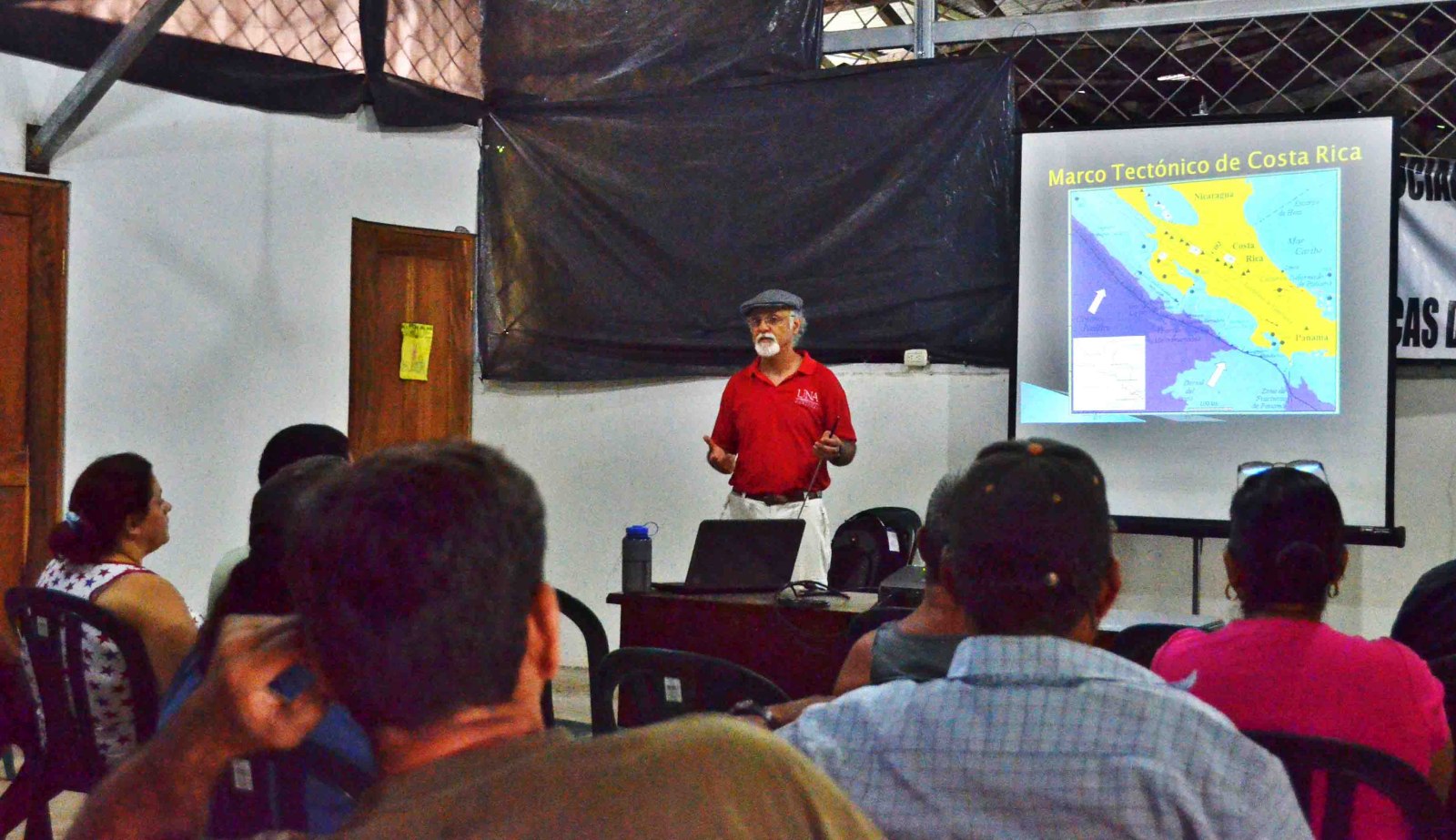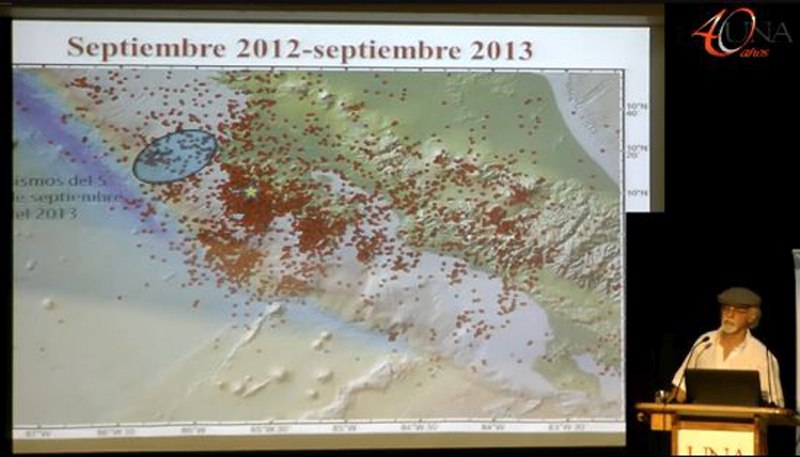
In the country, many know him as the man with the beard and white mustache, who wears a beret and predicts earthquakes. In the canton of Nicoya specifically, he is known as the person who warned us about the coming of a major earthquake and who is currently being accused by the Nicoya Council of decrease tourism with his predictions. The earthquake came and It was the 5th of September, 2012, only six months ago, and had a magnitude of 7.6 on the Richter scale. Now Protti has just returned from Antarctica as part of the Wissard project expedition, a multidisciplinary initiative that aims to study the subglacial Lake Whillans.
With a measured and gentle voice, Marino Protti gave VON a glimpse into his personal and professional lives. Son of Robert Protti and Maria del Rosario Quesada, Jorge Marino was born in 1960 and grew up in the Corazón de Jesús neighborhood in Heredia, along with his five other siblings: María Auxiliadora, Roberto, Maurizio, Aldo and Javier. He joined the School of Geology at the University of Costa Rica where he graduated with a BA in Geology in 1983. A year later he obtained his postgraduate degree in Seismology in Tsukuka, Japan, in 1991 earned a Master’s degree in Earth Sciences from the University of California and in 1994 a Ph.D. in Earth Sciences and Geophysics.
For four years, 1984-1988, he was the first director of the Volcanic and Seismological Observatory of Costa Rica (OVSICORI). In 1989 he arrived in California, United States to continue his training and during that same year experienced the earthquake known as the Baseball World Series, with it’s epicenter 10 kilometers from where he stood. Meanwhile, in those six years in North America, he met his current wife, Ann Marie, who was a fellow student and has a specialty in hydrogeology.They have two daughters, Elizabeth and Donatella. When not working, Protti likes to be with his family, watch birds with his wife and occasionally play a pick up game of soccer.
VON: How did your love of geology begin in your childhood?
MP: In sixth grade I remember I did a project on the types of layers of the earth’s surface that really caught my attention and I remember it to this day. I also had a cousin who was also a geologist, and my brother, Roberto, studied geology too, so since my youth there was always a book on geology in the house.
VON: So you always wanted to be a geologist…
MP: No, not always, there was a time when I wanted to be a priest. In fact I had a friend who was a priest and several classmates and I entered the Seminary of Paso Ancho in 1978 to be priests of the Catholic Church, but I only stayed a year.
VON: Geology or Seismology?
MP: I did not like seismology. I started to like it when I went to Japan and got the degree. I had the great opportunity, upon my return to this country, to join the project that at that time was being initiated in the OVSICORI Research Institute.
VON: After such training and professional experience, what vision and objectives did you return to Costa Rica with?
MP: One comes with more horizons, projects and especially with colleagues as contacts at an international level. I think I was opportunistic when I returned to the Observatory because the fault was located beneath the Nicoya Peninsula and it was at the end of the seismic cycle. From there, with the help of Victor Gonzalez and funding from colleagues from other countries, we began to establish the National Seismological Network with global positioning devices (GPS).
VON: How do you define what has been happening from September 5 until now?
MP: It is an unusual earthquake. The earthquake keeps occurring in Nicoya. There was a partial rupture of the fault and every day it is still releasing energy, so we still don’t have concrete data. The reaction of the bedrock (ground type) on the peninsula has been very good and has prevented more severe damages.
VON: In one word, what is Antarctica?
MP: Impressive. It is the continent of research. My participation in the project was at the very end of Wissard. I arrived three days after the drilling in the subglacial Lake Whillians and my contribution was to install and maintain the equipment for measuring seismic activity.
VON: Was it the weather that was the most difficult to get used to?
MP: It wasn’t so hard for me to get used to the cold since within the premises there was heating and when I went outdoors I was always well clothed. What I missed the most was the darkness. At this time of year the sun never sets and when I slept there was always a ray of light or a lot of clarity. I remember when we camped in a cave we covered the entrance with ice blocks and even then the sunlight filtered through.
VON: And now, what are the objectives in the country?
MP: Keep working on the Nicoya Peninsula as well as the Osa Peninsula; we want to set up a seismological network similar to the one in Nico.







Comments